
|   |

|   |
Vyjayanthi Kashi's Dance Jathre a runaway success e-mail: sunilkothari1933@gmail.com January 27, 2011 The concept of Dance Jathre so passionately pursued by Kuchipudi exponent Vyjayanthi Kashi has met with unprecedented success. Last year, the breathtaking venue was The Freedom Park, a jail turned into a park with several facilities and excellent architecture and drew hundreds of dance aficionados. I was surprised to come across such open spaces in Bangalore. I did not know such space existed in this city. Canada based Bharatanatyam dancer and choreographer Late Pada's Bangalore based art activist sister Geetha Rao and others who I invited to come and see and experience the joyous mood of Dance Jathre were also surprised as they too had not visited the Freedom Park. Not only the venue, but also the gathering of so many dancers and few from Mumbai, Ahmedabad, Aurangabad, Chennai, New Delhi and a large fraternity of Bangalore dancers enjoyed series of events during the course of the two days. (See Ashish Mohan Khokar's report on Dance Jathre with illustrations) 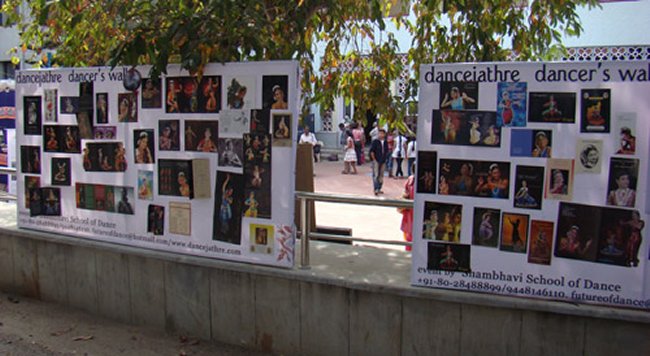 This year, at the spacious lawns of Ravindra Kalakshetra, the stalls were erected for dance costumes, accessories, photographs, plants, books and several things connected with dance. A few yards away was the canteen with an easy access. The open area was used for dance performances by the winners of the competition, in the evening prior to performances by local and outstation dancers, which drew capacity crowds. The festive mood prevailed in a bracing climate. The workshops were conducted in adjoining rooms from 10am till lunch time and after lunch break till 4pm. In the main auditorium, competitions were held for young up and coming choreographers from 10am till lunch time. The competition for school children saw enthusiastic parents bringing participating children all dolled up in colourful dance costumes that included Bharatanatyam, Odissi, Kuchipudi, Mohiniattam, Kathak and folk dances. 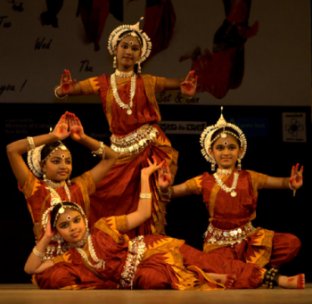 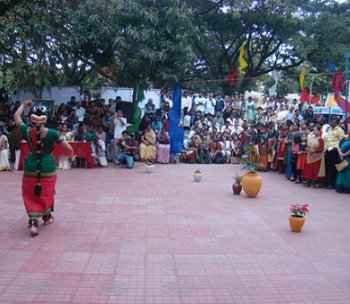
I attended three workshops which ran for one hour each with more than 20 to 25 participants. Young college going boys and girls, some 'techies' from IT sector enjoyed loosening their limbs and succeeded in dropping inhibitions. Tripura Kashyap, formerly trained in Bharatanatyam at Kalakshetra and a trouper in Chandralekha's several innovative choreographic works, having specialized in dance therapy, gave very scientific explanations for dance exercises. Quite an eye opener and very useful to meet challenges for disabled dancers. Using interesting music, she asked participants to follow her. Dancers facing each other, following instructions to move, imitate, co-ordinate, feel, jump, roll, and run did exercises that were interesting. The one which had intrigued me the most was a work shop in belly dancing by Katie from Holland. She is currently in India staying in Goa, and is here on a three year visa. The way she shook her hips and moved her belly all atremble was fascinating. The participants were all female dancers and some non dancers. They tried hard and I was quite surprised at how they could move their hips, belly and also shake their bodies, imitating the instructor. She distributed medical literature for women in order not to have injuries during menstruation period; her approach was very scientific and she took great care in explaining how to move. What one sees in films and clubs watching belly dancers perform so effortlessly, one never realizes that there are well designed physical exercises for belly dancers. Appearing sexy and titillating, belly dancing is a fascinating dance form. The response to the workshop was quite good. 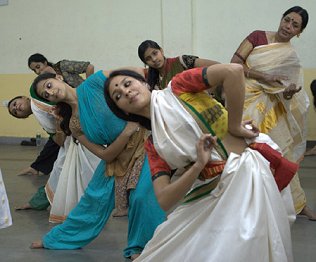 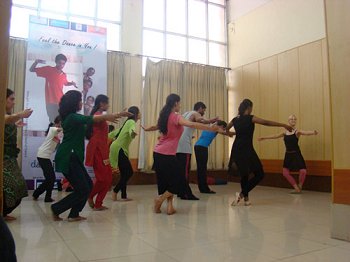 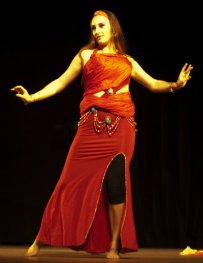 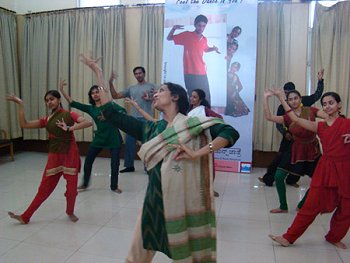 Based in Berlin, Bharatanatyam and Kuchipudi exponent and a Certified Movement Analyst (CLMA), Rajyashree Ramesh conducted a workshop in sensing and shaping movement. The exercises underlined basic principles to stand erect, in aramandi half plie position of Bharatanatyam, utplavans, jumps, walk across the room diagonally, imitating walks of horse, with abstraction of force, riding the horse, jumping off the horse and similar exercises were interesting. The participants seemed to have lot of fun as some could not perform as expected. It brought a sense of joy and helped participants to drop their inhibitions. Rajyashree Ramesh has trained dancers of German origin very successfully and has showcased them two or three two years ago in complete recitals both at Bangalore and Chennai. Her paper on movement sensing was well researched. Training dancers who have different backgrounds and are from different cultures is a challenge which Rajyashree has taken up with determination. I have seen her working in Berlin training students with patience and working out strategies to transmit techniques of Indian classical dance forms like Bharatanatyam and folk dances with considerable success. She has received a Master degree on the linguistic, movement analytic and neuro-scientific aspects of Angika and Sattvika abhinaya from the Europa University Viadrina in Germany. 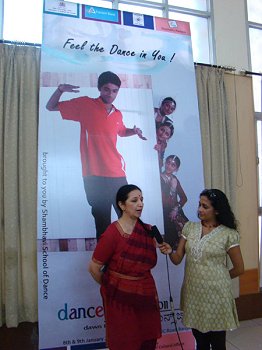 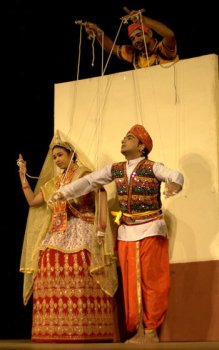 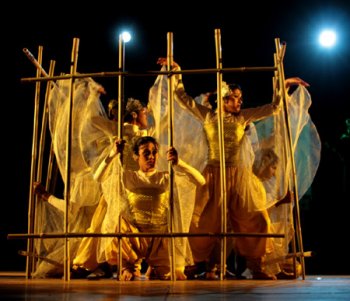 Watching competition in choreography during the inauguration in the main hall, I was struck by the imagination of the group. Entering from two wooden doors, two female dancers carrying pots placed them on the floor and we saw a puppet show. The puppeteer and marionette manipulating strings made a female and a male life size puppets impersonated by dancers, one in Manipuri costume with mirrored skirt and gossamer veil, the male dancers dressed with a pugree and in Rajasthani costumes performed with confidence. It was imaginative and no wonder won the first prize. I have noticed that in Bangalore young college students have taken to contemporary dance. It reflected in their presentation, dressed in black with loose pyjamas, bare bodies and they create quite an impression. Not that all their attempts appear mature and at times one cannot follow what the dancers wish to convey. But the fun lies in performing and meeting up with the challenges in comparison with classical forms. 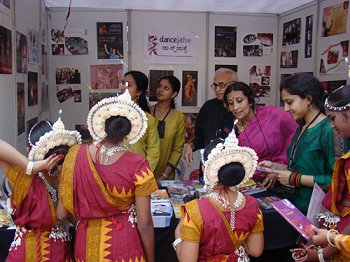 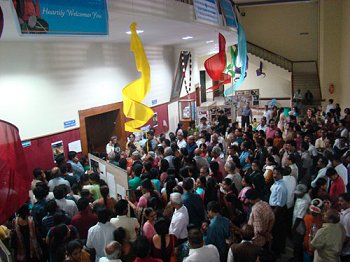 It would have helped immensely if the exhibition were given to a professional designer with proper captions and mounted in a more orderly manner. The purpose would be served more effectively if along with these photographs, posters, blow ups, arrangements were made for display of books which could be purchased with a discount. For the 4th edition of Jathre, I am sure Vyjayanthi Kashi would pay attention to this suggestion. The wealth of visual material is quite mind boggling. No other country in the world boasts eight classical dance forms. Its geographical range and variety are staggering. A guided tour explaining these visuals for school children would help them grasp the relevance of the forms in an educative manner.  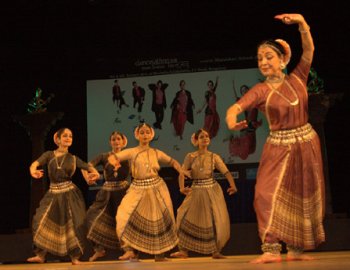 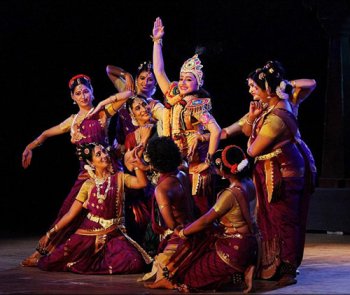 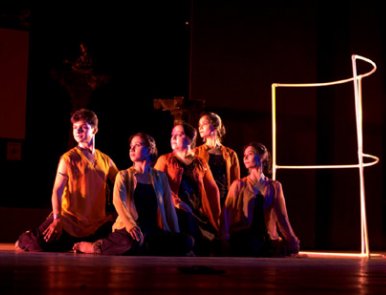 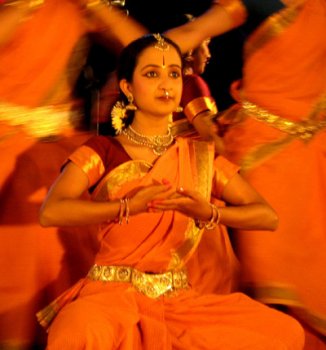 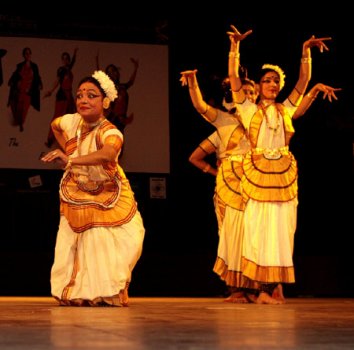  Dr. Sunil Kothari, dance historian, scholar, author, is a renowned dance critic, having written for The Times of India group of publications for more than 40 years. He is a regular contributor to Dance Magazine, New York. Dr. Kothari is a globetrotter, attending several national, international dance conferences and dance festivals. He has to his credit more than 14 definitive works on Indian classical dance forms. Kothari was a Fulbright Professor and has taught at the Dance Department, New York University; has lectured at several Universities in USA, UK, France, Australia, Indonesia and Japan. He has been Vice President of World Dance Alliance Asia Pacific (2000-2008) and is Vice President of World Dance Alliance Asia Pacific India chapter, based in New Delhi. A regular contributor to narthaki.com, Dr Kothari is honored by the President of India with the civil honor of Padma Shri and Sangeet Natak Akademi award. He recently received the Senior Critic award from Dance Critics Association, NYC. |